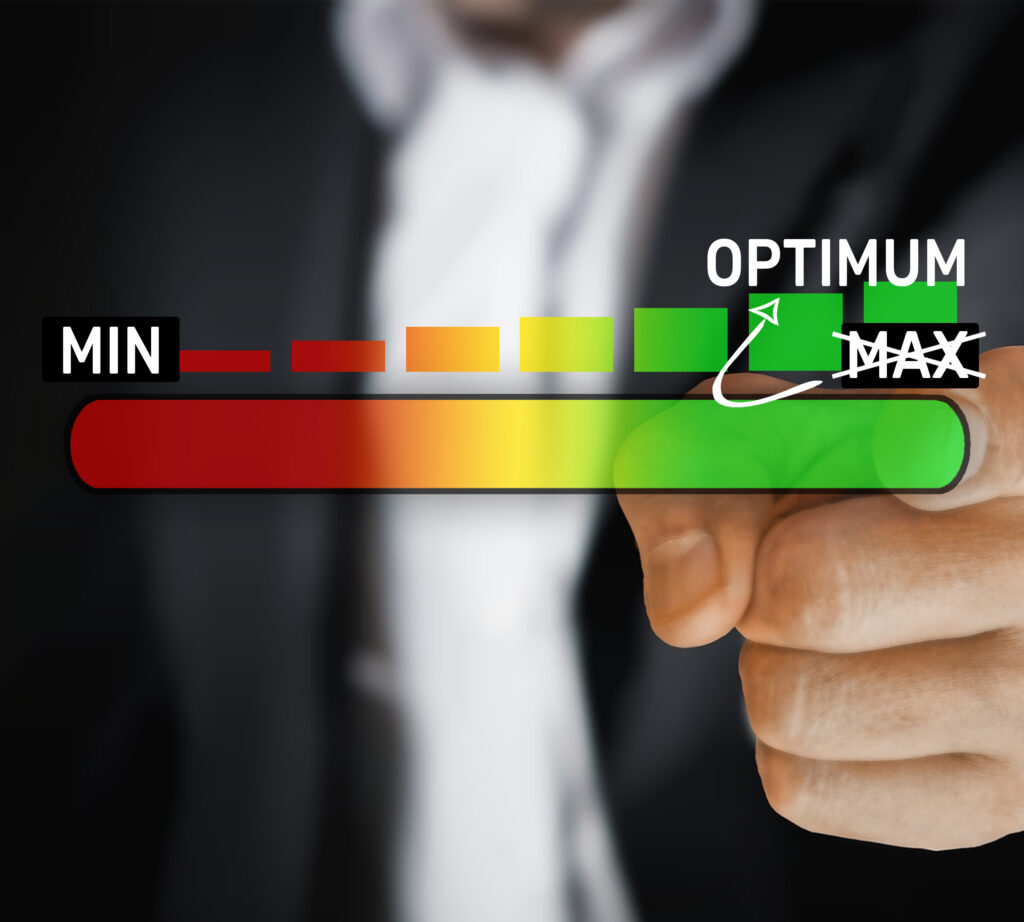"No Pain no Gain!"
"I am not finished when I am tired, I am finished when I am done!"
We all know them, the strong sayings from the fitness scene! They pass our lips more easily than they can be implemented in reality. At least in the long term.
Not much different, something almost impossible is often demanded of athletes in competitive sports.
"Now you have to give 110%!" or "You have to go to the maximum!" it says.
But the question is, how often can we do that in the long run? Taking soccer as an example, a sport with almost weekly competitions, we see that it is impossible to always go to the maximum. The consequences of over-motivated training and competition are, at best, over-training. Unfortunately, it is also far too often injuries that take athletes out of the game, often for long periods of time.
The most important realization of my career as a performance coach in competitive sports has been that more is not more. In fact, it's the opposite. Less is more.
Often I am more concerned with where I can reduce. For example, in intensity or training frequency. Especially in a training camp.
Anyone who works with the maximum principle in competitive sports will inevitably hit the wall at some point. Because we often forget the need for good recovery, time for cognitive processing of coordinative training and simply the individual biological load capacity. Many of us are familiar with the model of supercompensation. If I go back to loading too soon, stagnation or regression occurs. But do we really stick to it all the time?
Above all, we should always see the BIG PICTURE. For this, there is annual planning, or weekly planning, or camp planning. This gives me the opportunity to react in advance to an overload. The ego of the coaching staff or the athletes:inside, has lost nothing in planning and implementation.
Optimal load, or better individual optimal load, should be the goal of every training plan for maximum competition results. Yes here the word fits.
Only those who work optimally guarantee long-term success. With a minimum risk of injury and also an eye on the time after the professional career.

Energiegeladene Grüße,
Der Optimizer
Richard Staudner
Wenn dich Themen wie Biohacking, Longevity, Gesundheit und Performance faszinieren, dann ist mein Podcast „Der Optimizer“ das Richtige für dich. Dort findest du regelmäßig neue Folgen mit fundiertem Wissen und praktischen Tipps für deinen Alltag.
Du willst eine Ebene tiefer gehen und direkt mit mir an deiner Gesundheit und Performance arbeiten? Dann schau dir den Performance Club an – mein persönliches 1:1 Coaching-Programm für Menschen, die wirklich etwas verändern wollen.
Hier geht’s zum Performance Club: https://richardstaudner.at/performance-club/
Stress ist aktuell ein Thema für dich? Dann wird dir mein Buch „Drück mal Pause“ helfen, einen neuen Zugang zu mehr Ruhe, Klarheit und Gesundheit im Alltag zu finden.Hier findest du mein Buch auf Amazon: https://lmy.de/ZZvWs

